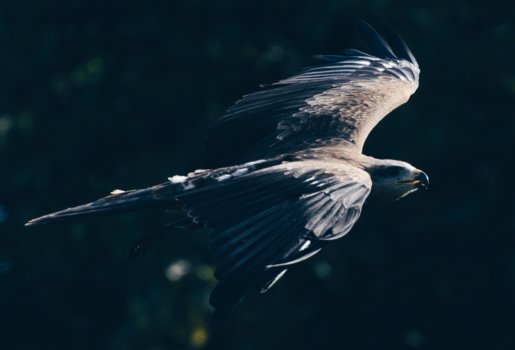The Otter
The otter is a carnivorous mammal which is mainly found near or in water bodies.

It has strong swimming skills that enable it to go after the fish in the water. Other than fish, it also feeds on crustaceans and amphibians. In the past, it was quite hard to come across otters in the world as their population had significantly reduced. Their community is now on the rise, and they have spread out over numerous water bodies in the Lakeland. You can tell that an otter has been in the area by their tracks on the banks as they have five toes. Their droppings also contain fish bones and scales and are dark in colour. Either of the two is indicative of their presence.




